Opponens Digiti Minimi Muscle
Table of Contents
Description
The opponens digiti minimi is an intrinsic hand muscle. It is related to the hypothenar muscle group, which also includes the abductor digiti minimi and flexor digiti minimi brevis muscles. Each of the three muscles is situated in the hand’s hypothenar compartment. They make the hypothenar eminence on the ulnar side of the palm, between the wrist (proximally), and the base of the fifth digit (distally).
The Opponens digiti minimi is a carpal bone that passes between the fifth metacarpal bone and the hamate bone. By controlling the carpometacarpal joint, this muscle provides the flexion, lateral rotation, and opposition of the little finger. These activities, particularly the latter, are vital for a firm hand grasp.
Origin of opponens digiti minimi
The hamate’s hook and the flexor retinaculum
Insertion
Inserted into the fifth metacarpal bone’s medial border
Relation
- The opponens digiti minimi include the flexor digiti minimi brevis and abductor digiti minimi muscles.
- As it evolves, the hypothenar muscles usually join with the opponens digiti minimi, combining in with the surrounding muscles.
- The digiti minimi are closely linked to two neurovascular structures.
- The ulnar supply route’s deep palmar portion runs deeply or directly through opponens digiti minimi before anastomosing with the radial artery.
- The deep branch of the ulnar nerve perforates the opposes digiti minimi on its way to the flexor tendons.
Nerve supply
All hypothenar muscles, including the opponens digiti minimi, are supplied by the deep branch of the ulnar nerve that originates in the brachial plexus (C8, T1 spinal nerves).
Blood supply
The deep palmar branch, which is the terminal component of the radial artery, and the deep palmar branch of the ulnar artery supply Opponens digiti minimi.
Function
- Opponens digiti minimi target the fifth carpometacarpal joint, which allows lateral rotation and finger flexion, both of which assist in palm space expansion.
- Similarly, when these activities are combined with flexion and lateral rotation at the metacarpophalangeal and interphalangeal joints, the result is not significant finger opposition with the thumb.
- This happens when You try to contact the fifth finger and thumb on the palmar side of the palm of your hand.
- The purpose of these movements becomes obvious while attempting to grab a ball or other curved or irregular item.
- For a stronger grip, the little finger is pushed on the ball.
- As a result, athletes in baseball, rugby, and other throwing sports utilize it on a regular basis.
Clinical relevance
- The intrinsic muscles are known as the oponones digiti minimi give fine motor control of the hand.
- This is commonly observed while trying to grasp spherical or irregular things such as a ball.
- The ulnar nerve, which moves between the hook of the hamate and the pisiform bone (Guyon’s canal), provides the hypothenar muscles, including the opponens digiti minimi.
- When the nerve is injured at this point, the ODM weakens and loses its capacity to move the fifth finger.
- In addition, ulnar nerve entrapment generates tingling, numbness, and discomfort in the fourth and fifth fingers.
- Paralysis of the cyclist.
Assessment
- The evaluation is completed by touching the base of the thenar eminence for unusual soreness.
- An effective approach to assessing for muscular weakness is to have the patient oppose their fifth finger to their thumb with added resistance.
Opponens digiti minimi muscle exercise
- Although it is responsible for resisting the little finger, this motion should be utilized to isolate and strengthen the opponens digiti minimi.
- The simplest method is to rotate between stretching your fingers in general and then bringing the thumb and little finger together while maintaining the other three fingers totally extended.
- The exercise may be performed almost anywhere, including at home, at work, or even on the subway.
- To increase resistance, use the fingers of your opposing hand to oppose the movement.
- You might also increase resistance by holding a stress ball or something slightly flexible in your hand.
- Try completing this workout for five minutes every day.
FAQ
Opponens digiti minimi are prone to repetitive injuries as a result of long hours of computer typing or piano playing. This muscle strain usually causes pain in the fleshy pad of the hand near the little finger.
Non-steroidal anti-inflammatories, such as ibuprofen, will help with pain and inflammation. Other treatments involve stretching and massaging the opponens pollicis. shows pain in the succulent pad of the hand near the pinky finger.
The one index finger should be near the other little finger, and the one thumb should be near the opposite thumb. Squeeze one hand such that the opposite little finger and thumb come close together. Hold for about 20 seconds and release. Remember to stretch the opposite side as well.
A moderate sprain usually recovers in 4 to 6 weeks if you keep the thumb immobilized with a splint or cast and avoid aggravating activities. A more serious thumb sprain, such as a grade 3 sprain, may take many months to fully heal and allow you to use your thumb normally again.
C8 and T1 spinal levels innervate the opponens pollicis muscle. The recurrent branch of the median nerve is made up of these spinal levels.

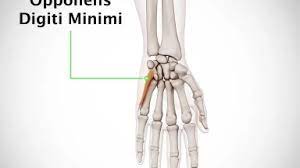
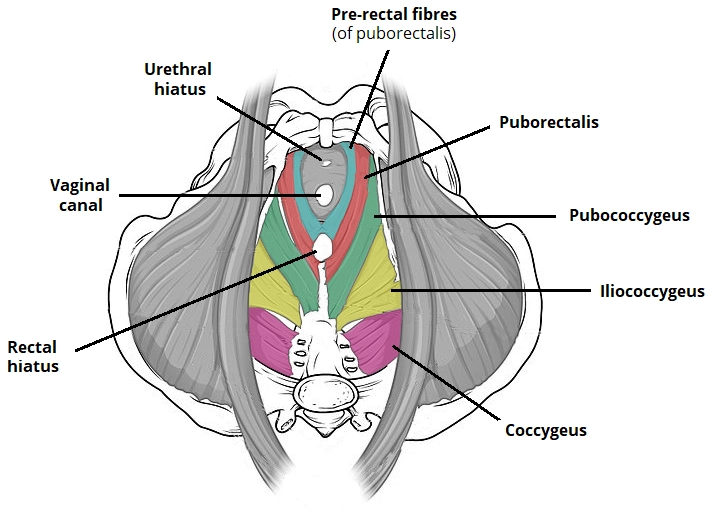
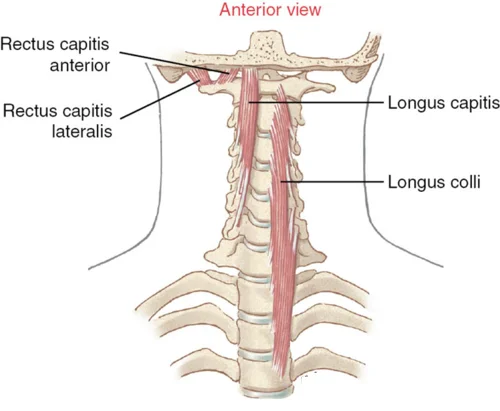
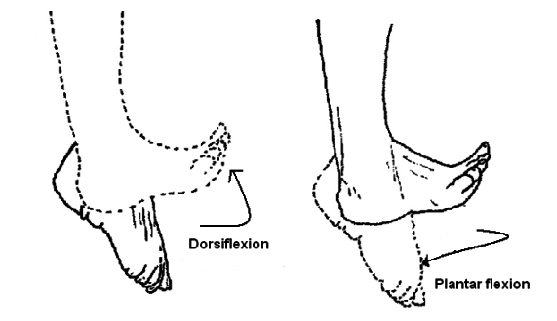
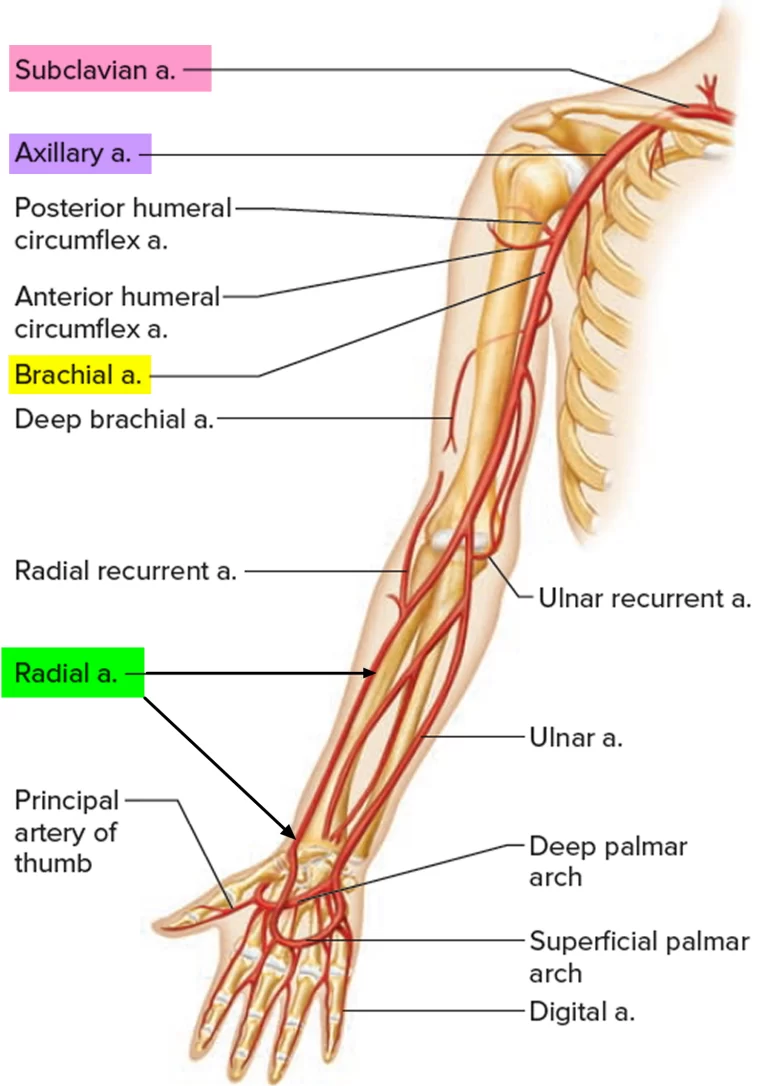

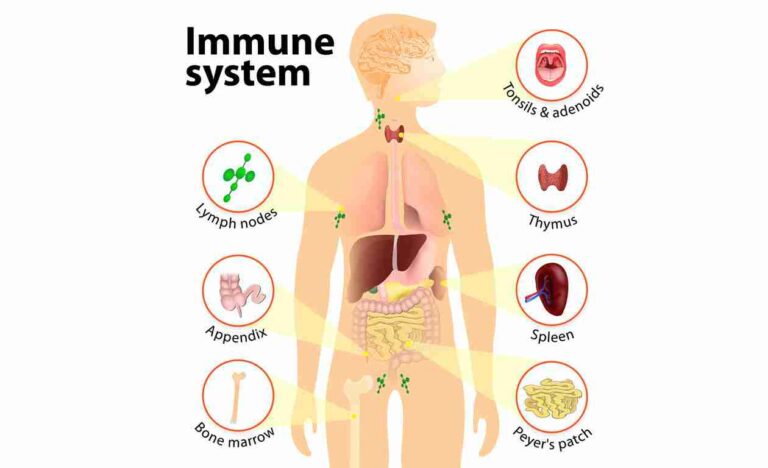
One Comment